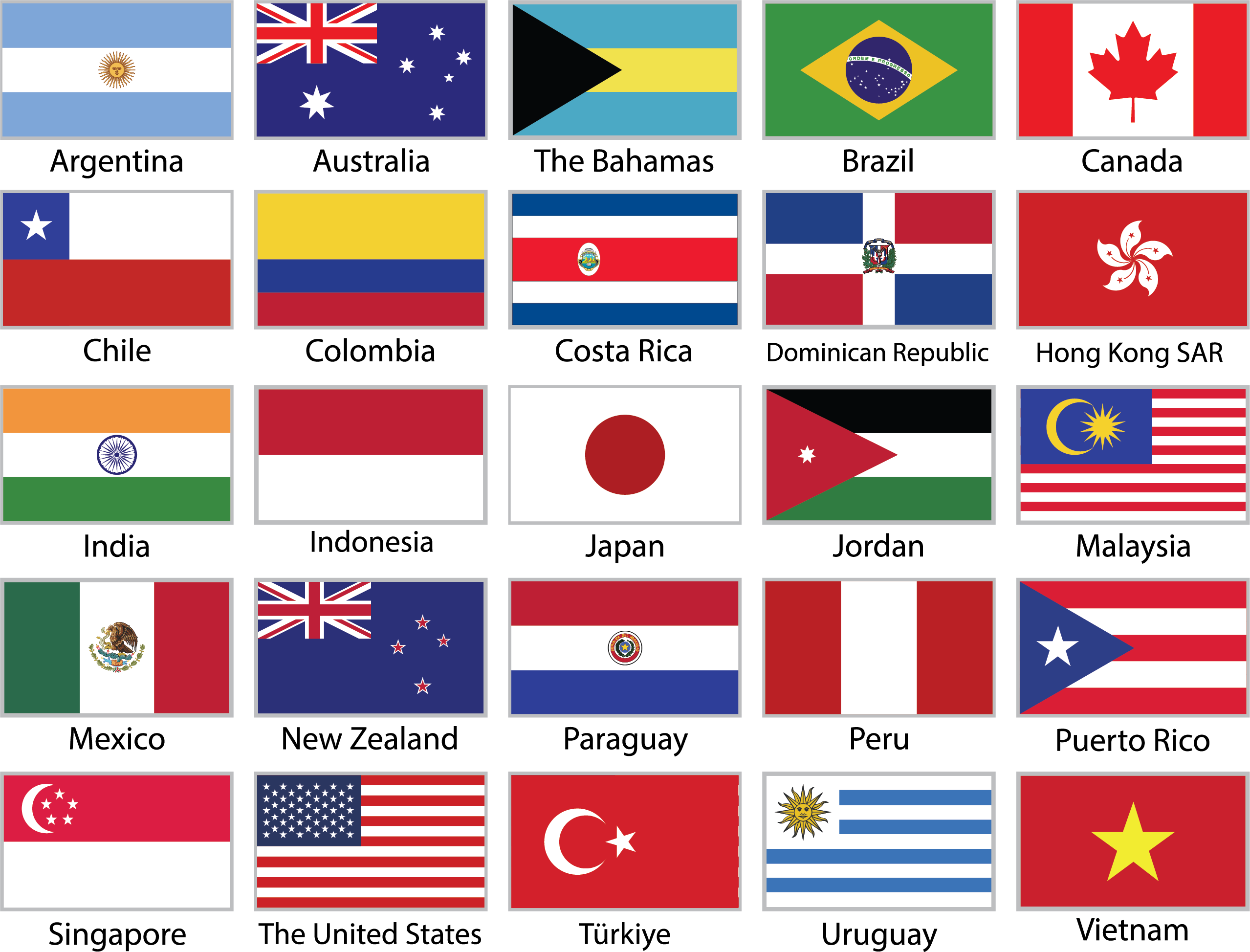John Maday, Managing Editor, Drovers CattleNetwork | Updated: August 14, 2012
If you are confused over the selection of certification programs for animal-welfare practices, Humane Farm Animal Care (HFAC), the organization that administers the Certified Humane® program, has developed a comparison tool for several of the best-known programs.
The comparison chart appears somewhat biased toward the Certified Humane® program, but could serve as a useful reference tool for producers thinking about pursuing certification of their production practices.
The chart compares fie programs – HFAC/Certified Humane®, Animal Welfare Approved, Global Animal Partnership (GAP), USDA Organic program and American Humane Certified – on 37 animal-welfare standards. Some of the standards apply to all livestock, while others apply specifically to cattle, swine or poultry.
The chart illustrates differences between these programs, which could be useful information for retailers or consumers in their product choices, and also for producers for evaluating programs for possible participation. The USDA Organic program for example, differs from the others on several points, which is not surprising since that program focuses primarily on inputs for “organic” production rather than on animal welfare specifically. Of the other programs listed, some have standards similar to those for organic production while others do not.
Each of the programs prohibits use of growth implants, but their policies on antibiotic use varies somewhat. They all limit antibiotic use to treatment of disease in individual animals, but GAP and USDA organic require that treated animals are removed from their programs and marketed through other channels. The other three programs allow treated animals to remain in the program, according to the chart.
The chart also shows differences in requirements for cattle access to pasture or forage:
• HFAC/Certified Humane® – Standards require beef cattle to have continuous access to outdoors to pasture or range. Can be feedyard finished.
• Animal Welfare Approved – Standards require that all animals are pasture raised.
• GAP (Step 1) – Can be raised on range, grass and can be feedlot finished.
• USDA Organic – Requires that 30 percent of dry matter must come from pasture during the grazing season, which must be a minimum of 120 days out of the year.
• American Humane Certified – No requirements for cattle to have outdoor access.
Regarding feedyard stocking density
• HFAC/Certified Humane® – Space for calves is 300 to 600 square feet per head, for adults it is 400 to 800 square feet per head depending on the size of the animal and slope of the ground.
• Animal Welfare Approved – Cattle cannot be finished in feedyards
• GAP (Step 1) – 250 square feet per head regardless of size or age.
• USDA Organic – Not addressed
• American Humane Certified – Calculated based on slope, size and age.
To Continue Reading: cattlenetwork.com

Cattlenetwork.com
Posted: August 14, 2012 by Certified Humane
John Maday, Managing Editor, Drovers CattleNetwork | Updated: August 14, 2012
If you are confused over the selection of certification programs for animal-welfare practices, Humane Farm Animal Care (HFAC), the organization that administers the Certified Humane® program, has developed a comparison tool for several of the best-known programs.
The comparison chart appears somewhat biased toward the Certified Humane® program, but could serve as a useful reference tool for producers thinking about pursuing certification of their production practices.
The chart compares fie programs – HFAC/Certified Humane®, Animal Welfare Approved, Global Animal Partnership (GAP), USDA Organic program and American Humane Certified – on 37 animal-welfare standards. Some of the standards apply to all livestock, while others apply specifically to cattle, swine or poultry.
The chart illustrates differences between these programs, which could be useful information for retailers or consumers in their product choices, and also for producers for evaluating programs for possible participation. The USDA Organic program for example, differs from the others on several points, which is not surprising since that program focuses primarily on inputs for “organic” production rather than on animal welfare specifically. Of the other programs listed, some have standards similar to those for organic production while others do not.
Each of the programs prohibits use of growth implants, but their policies on antibiotic use varies somewhat. They all limit antibiotic use to treatment of disease in individual animals, but GAP and USDA organic require that treated animals are removed from their programs and marketed through other channels. The other three programs allow treated animals to remain in the program, according to the chart.
The chart also shows differences in requirements for cattle access to pasture or forage:
• HFAC/Certified Humane® – Standards require beef cattle to have continuous access to outdoors to pasture or range. Can be feedyard finished.
• Animal Welfare Approved – Standards require that all animals are pasture raised.
• GAP (Step 1) – Can be raised on range, grass and can be feedlot finished.
• USDA Organic – Requires that 30 percent of dry matter must come from pasture during the grazing season, which must be a minimum of 120 days out of the year.
• American Humane Certified – No requirements for cattle to have outdoor access.
Regarding feedyard stocking density
• HFAC/Certified Humane® – Space for calves is 300 to 600 square feet per head, for adults it is 400 to 800 square feet per head depending on the size of the animal and slope of the ground.
• Animal Welfare Approved – Cattle cannot be finished in feedyards
• GAP (Step 1) – 250 square feet per head regardless of size or age.
• USDA Organic – Not addressed
• American Humane Certified – Calculated based on slope, size and age.
To Continue Reading: cattlenetwork.com
Category: news